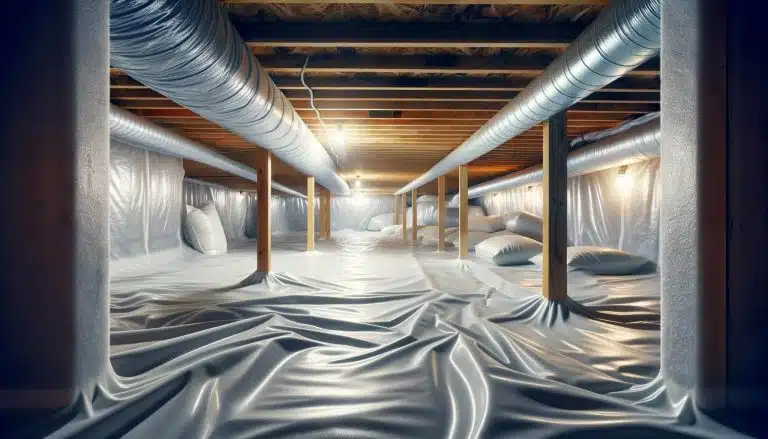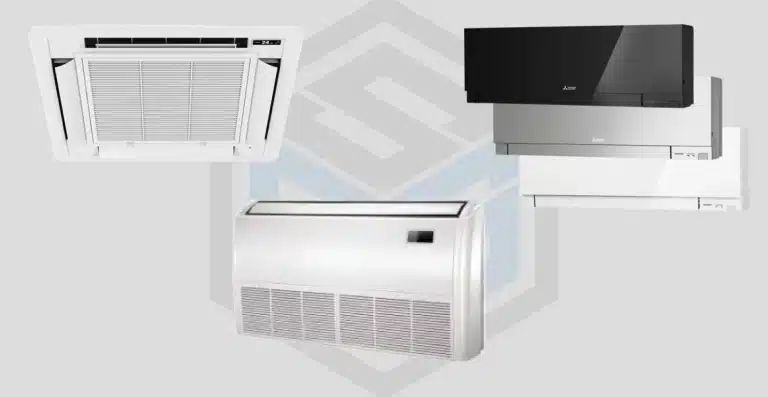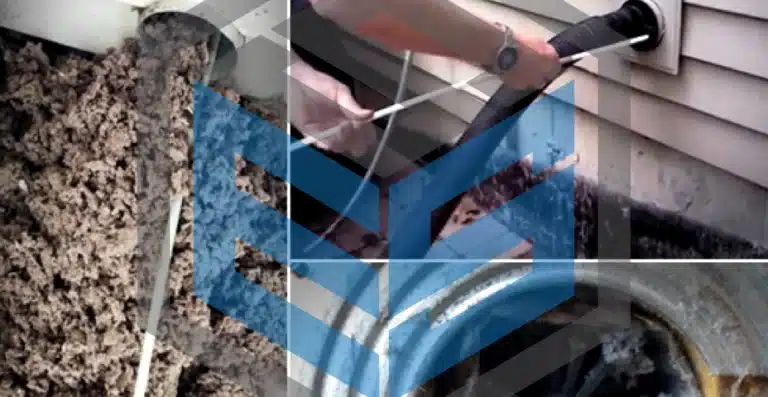Torn between spray foam and fiberglass insulation? This guide breaks down the key differences to help you choose the best option for your home. We’ll cover cost, installation, performance, and more!
Is spray foam insulation better than fiberglass? Which solution is more costly? How to calculate insulation costs? We’ve got the answers.
Key Takeaways
- Spray foam boasts superior insulation performance (R-value) compared to fiberglass.
- Fiberglass is a more budget-friendly option with easier DIY potential.
- Spray foam excels in air sealing and moisture resistance (closed-cell type).
- Both fiberglass and spray foam come in various types with different properties.
- Consider factors like cost, performance, ease of installation, and desired properties when choosing insulation for your home.
Spray Foam Insulation vs. Fiberglass Insulation
Before we estimate how expensive spray foam insulation and fiberglass insulation are, let’s explain the crucial differences between the two.
Spray Foam Insulation
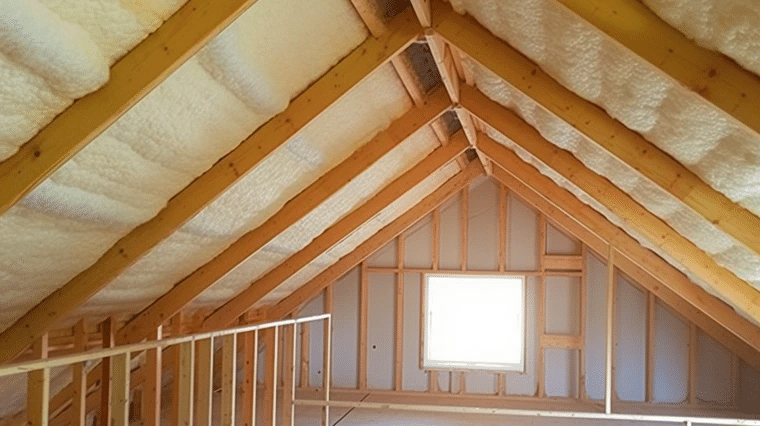
Spray-in foam insulation, also known as spray polyurethane foam (SPF), is a unique type of insulation that gets applied as a liquid and expands to fill cavities and gaps.
Here are some of its defining qualities:
- Versatile application: The liquid nature allows it to conform to uneven surfaces and fill tight spaces that traditional batt insulation might miss.
- Air sealing: Creates a tight seal around windows, doors, and other openings, reducing drafts and improving energy efficiency.
- High insulation value: Provides superior insulation compared to traditional fiberglass or cellulose insulation, meaning it can help keep your home warmer in the winter and cooler in the summer more effectively.
- Comes in two types: Closed-cell spray foam is denser and acts as a vapor barrier, while open-cell spray foam is lighter and better for soundproofing.
Fiberglass Insulation
Fiberglass insulation is a common and cost-effective type of insulation used in homes and buildings. It’s made from extremely fine glass fibers, similar to the material used in fiberglass windows or composites.
Fiberglass insulation is primarily composed of glass fibers, usually made from sand and recycled glass. These fibers are very thin and have a low thermal conductivity, meaning they resist heat flow.
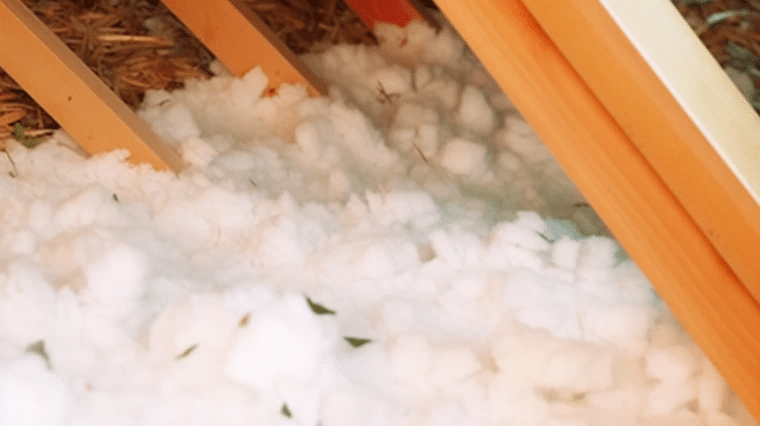
Fiberglass insulation comes in various forms to suit different applications:
- Batts: These are pre-cut sections of fiberglass, typically used for insulating walls and ceilings.
- Rolls: Rolls offer more flexibility for fitting around odd-shaped spaces.
- Loose-fill: This blown-in type of insulation is great for attics and hard-to-reach areas.
How to Estimate Insulation Costs?
Accurately estimating insulation costs for your home can be tricky because several factors come into play. However, here’s a breakdown to help you get a ballpark figure:
Factors Affecting Insulation Costs:
- Size of your home: Naturally, a larger house will require more insulation material, pushing the total cost upwards.
- Type of insulation chosen: Different insulation materials have varying costs per square foot. Spray foam is generally the most expensive, followed by blown-in insulation, and then batt or roll insulation being the most cost-effective.
- R-value desired: R-value indicates the insulation’s ability to resist heat flow. Higher R-values typically translate to higher costs per square foot of material.
- Existing insulation (if any): If your home already has some insulation, the cost might be lower for adding supplementary layers. Removing old insulation before installing new layers can add to the labor cost.
- Labor costs: Insulation installation costs vary depending on your location, the complexity of the job, and the ease of access to the areas needing insulation.
- Accessibility of the area to be insulated: Attics with easy access will be cheaper to insulate compared to crawl spaces or walls requiring special techniques.
As you can see, it’s not only the type of insulation that will determine the final number on the bill. It’s helpful to consider all of these factors and how they might affect the cost of an insulation job.
- Consider getting quotes from multiple insulation contractors to compare prices and find the best deal.
- Ask about the warranty offered on the insulation materials and installation labor.
- If you plan DIY, ensure you have the necessary skills and knowledge for safe and proper installation. Improper insulation installation can have negative consequences and result in additional repair-related costs.
Spray Foam vs Fiberglass – Cost Comparison
Which one is more expensive – fiberglass insulation vs spray foam? We already stated that fiberglass insulation is the most cost-effective solution. Here is a more detailed explanation.
| Spray Foam | Fiberglass |
|---|---|
|
|
| Spray Foam | Fiberglass |
|---|---|
| Due to the specialized equipment and expertise required, spray foam insulation necessitates professional contractors. This adds a considerable sum to the overall cost compared to fiberglass. | Fiberglass batts or rolls can be a DIY project for handy homeowners, especially in easily accessible areas like attics. This can reduce installation costs. |
The exact cost of your installation can vary significantly depending on the insulation, installation difficulty, and the contractor of your choice. However, typically, in foam insulation vs fiberglass, it’s the latter that generates smaller costs.
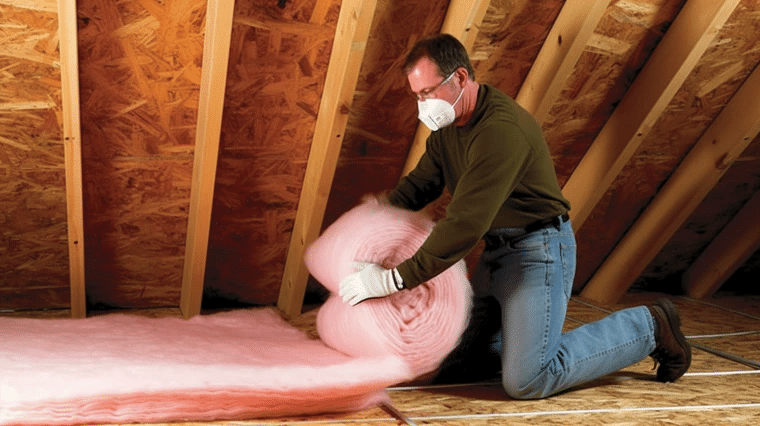
Fiberglass Insulation vs Spray Foam – Other Considerations
For many homeowners, insulation cost is one of the key deciding factors when choosing between batt insulation vs spray foam.
But, predictably, there’s more to it. Here are a few other considerations worth taking into account when making this decision.
Installation Process
Fiberglass insulation is significantly easier to install yourself compared to spray foam insulation. Fiberglass batts or rolls come pre-cut and can be installed in attics, walls (during construction), or floors (between floor joists) by a handy homeowner with some basic tools like a utility knife, gloves, and safety glasses.
Of course, fiberglass consists of tiny glass fibers that can irritate the skin, eyes, and respiratory system if they come into contact. That’s why wearing protective gear, including an N95 respirator, is a must!
Spray foam comes in liquid form and requires specialized equipment to mix, apply, and ensure proper safety measures. It’s not suitable for DIY due to the complexity and potential health risks involved.
R-Value
The higher the R-value of an insulation material, the better thermal resistance, keeping your home cooler in the summer and warmer in the winter.
When it comes to R-value, spray foam boasts a higher rating compared to fiberglass. This translates to superior insulation performance, making it more effective at preventing unwanted heat transfer from outside in the summer and from inside out during the winter.
Fire Resistance Properties
When it comes to fire resistance, fiberglass and spray foam insulation perform differently.
Most fiberglass insulation is treated with fire retardants, which help slow down the spread of flames and improve fire safety in a building. It’s important to note, however, that fiberglass is not fireproof. If exposed to direct flames for an extended period, it will eventually burn.
When it comes to spray foams, it depends on the type.
- Closed-Cell Spray Foam: This type usually receives a Class 1 fire rating, indicating it offers better fire resistance and can self-extinguish or slow the spread of flames.
- Open-Cell Spray Foam: Open-cell spray foam generally has a lower fire rating and might burn more readily when exposed to direct flames.
Moisture Resistance Properties
Fiberglass itself doesn’t readily absorb water. However, it can trap moisture within its fibers if exposed to condensation or leaks. This trapped moisture can lead to mold growth and reduce the insulation’s effectiveness.
To address moisture concerns with fiberglass, using a vapor barrier (often plastic sheeting) on the warm side of the insulation is crucial. This helps prevent warm, moist air from reaching the fiberglass and condensing within it.
Closed-cell spray foam acts as a vapor barrier itself due to its closed-cell structure. It’s highly water-resistant and ideal for areas with high humidity or potential water exposure, like basements or crawl spaces.
Open-cell spray foam is more susceptible to moisture absorption because of its open-cell structure. While it can handle some humidity, it’s not recommended for areas with high moisture levels or direct water exposure.
Spray Foam vs Fiberglass Cost – Conclusion
When it comes to choosing between spray foam and fiberglass insulation, there’s no one-size-fits-all answer. Both options have their pros and cons, and the best choice depends on your specific needs and priorities.
Fiberglass is the clear winner in terms of upfront cost. It’s also easier to install yourself for DIY enthusiasts, making it an attractive option for budget-conscious homeowners. However, fiberglass offers lower R-value and moisture resistance compared to spray foam.
Spray foam insulation boasts superior performance with a higher R-value, excellent air sealing, and improved moisture resistance. While the initial cost is significantly higher, spray foam’s long-term energy savings and overall performance benefits can be significant.
Ready to upgrade your home’s insulation and enjoy the benefits of increased comfort and energy efficiency?
Contact Envirosmart Solution today for a free quote on professional insulation installation. Our experienced technicians will ensure a high-quality job that meets your specific needs and budget.



